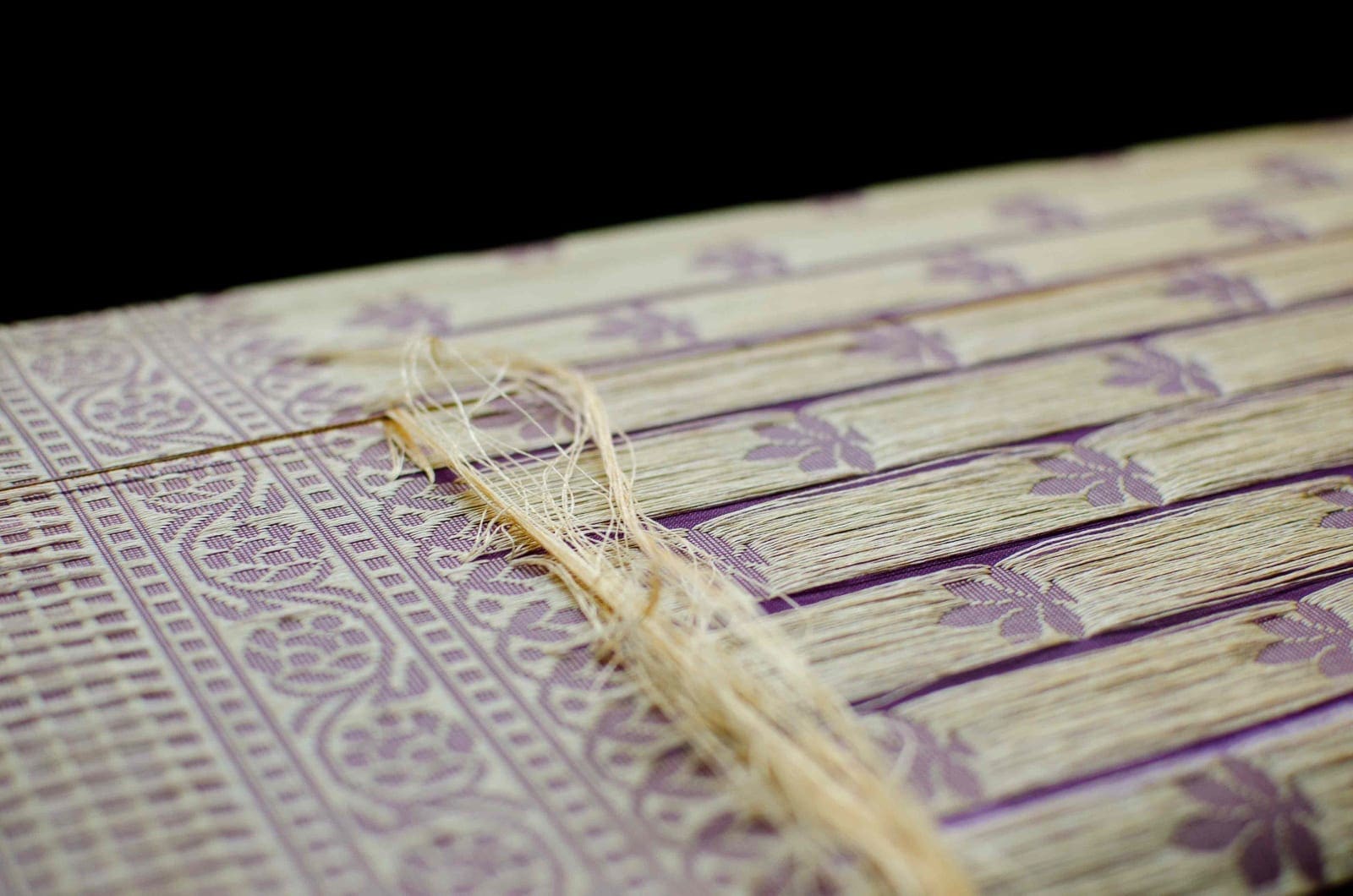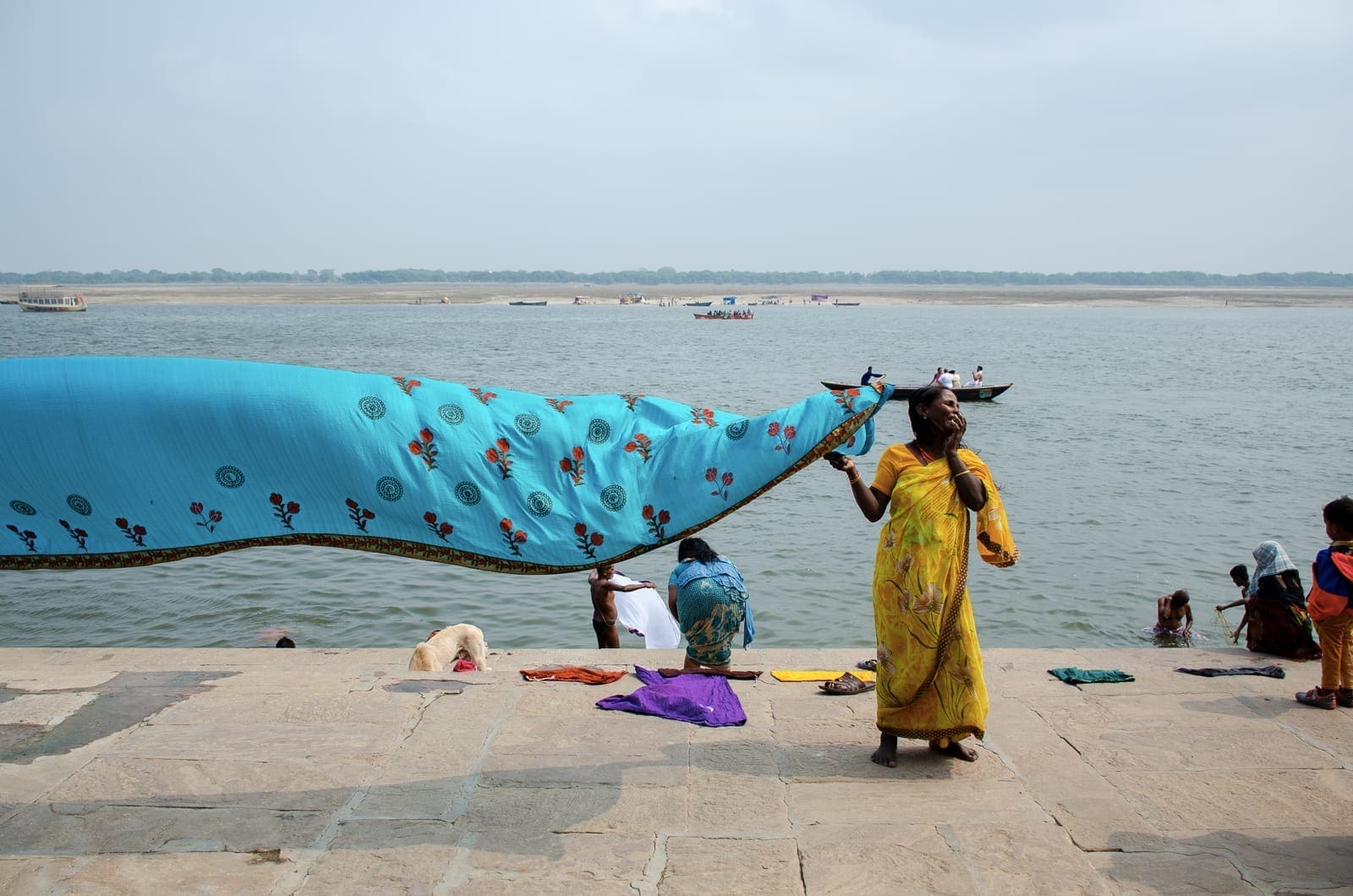When you say India you are talking about one of the most controversial and fascinating countries. A country as rough as its poverty and as smooth as its silk. A country that blinds you with its colours and seduces you with the charm and sophistication of its fabrics. For centuries, the Indian people have been one of the greatest producers of textiles, behind which lie centuries-old traditions and craftsmanship. Weaving in India is such an ancient art that it is even represented on the Indian tricolour.
At the centre of the flag is, the charkha (spinning wheel in the Indian language), for weaving cotton and silk by hand. A tool with great moral value, symbolising the dignity and importance of a craftsman in a society intent on evolving, but without submitting completely to industrial dynamics and rhythms. After all, the Indian people are known to be dedicated to manual labour, to physical fatigue that tempers body and spirit.

The sari: a tradition for over 5,000 years
Therefore, it is not surprising that a strip of cloth ranging from five to nine metres is the traditional and national dress of the Indian woman: the sari. Initially made of cotton and later of silk, the sari has stood the test of time and is now more than 5,000 years old. For centuries, the holy city of Varanasi has been renowned globally for its exquisite handmade silk saris. Even legend has it that these were used to wrap Buddha’s body before his deposition. Not only that, it would seem that every Indian bride would like to have a Varanasi silk sari in her trousseau. Unfortunately, today there is no longer a market for handmade saris and silk artisans are increasingly excluded from India’s economic boom, fearing that handknitting will cease to exist altogether within a generation. Many, in order not to abandon this craft, give in to the compromises of the market, using cheaper silk mixed with polyester and power looms at the expense of quality and a tradition that has been handed down for centuries.
But some resist. Those who, in a highly accelerated world, continue to love the past, to value memories and traditions, leading them into the future with the time they need, where every second is marked by the croaking sound of handlooms. Taking not two, but thirty days to weave a bride’s sari or the ‘sari of life’. Manually sketching on sheets of paper, with their taste and creativity, the patterns that will embellish it. Favouring collaboration and giving a different value, not only economic, to that strip of cloth that unites past, present and future. A fundamental value that is handed down from father to son, just like a surname or property, becomes a virtuous and lasting lifestyle. Weaving a sari with brocaded silk wefts, uniquely by hand, today more than ever is tantamount to weaving a dream, synonymous with culture and identity.



